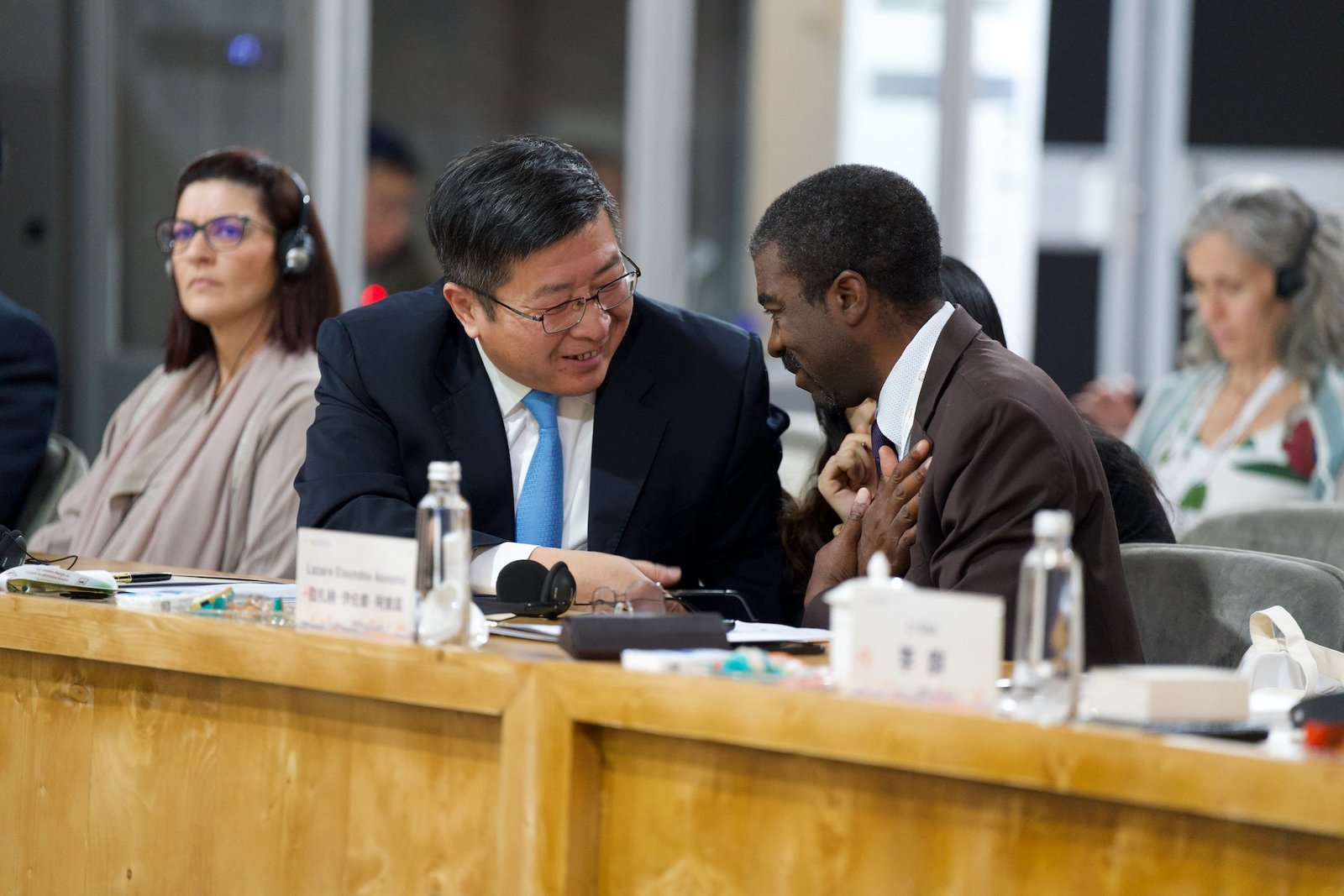
At the Extended 45th session of the World Heritage Committee in Riyadh, Saudi Arabia, the International Council on Monuments and Sites (ICOMOS), the National Cultural Heritage Administration of China, the People’s Government of Beijing Municipality co-hosted a thematic side-event on “Digital Empowerment of Cultural Heritage”. Lazare Elondou Assomo, Director of the UNESCO World Heritage Centre, Li Qun, Vice Minister of Culture and Tourism of the People’s Republic of China and Administrator of the National Cultural Heritage Administration of China, and Tan Xuxiang, Vice Mayor of Beijing, attended the event and delivered speeches.
China’s innovative practice in “Digital Empowerment of Cultural Heritage” was highly recognized by the participants and international organizations. “From virtual tours to heritage lists and 3D models of archaeological sites, heritage digitization is thriving.” commented Lazare Elondou Assomo, Director of the UNESCO World Heritage Centre. “China’s heritage managers share their good practices through regular reports, such as 3D digital scanning virtual restoration, real-time monitoring of visitor volumes, etc., which are crucial for heritage conservation and management.” He believes that China has considerable experience and expertise in the field of heritage protection and could share a number of good practices in the use of digital technology to protect heritage with other countries.

Led by the establishment of a large national database of cultural relics resources, China has carried out a lot of work in the digital protection of cultural relics, the digitalization of business management, the digitalization of public services, and the digitalization of exhibitions. A series of digital practices such as the Digital Forbidden City, Digital Dunhuang, Digital Great Wall, and Digital Beijing Central Axis provide useful references for countries to use digital technology to enhance the level of protection and management of world cultural heritage.
As one of the organizers of this event, Beijing, the capital of China, has a city-building history of more than 3,000 years and a capital-building history of more than 800 years. While fully implementing the overall protection of the old city, many attempts have been made in digitally empowering cultural heritage. Through the “Digital Time-teller at night” project, Beijing encourages the public to take photos to participate in cultural heritage monitoring; It has presented the “Tanyuan Platform”, through the cooperation with Tencent and successively launched the Beijing Central Axis, the Capital Museum, the Sanxingdui Museum, and inscriptions on bones or tortoise shells of the Shang Dynasty, and has accumulated more than 50 cultural heritage units and more than 1,000 cultural heritage digital resources.
The Beijing Cultural Heritage Photography Exhibition and the International Youth Painting Exhibition and the Digital Beijing Cultural Experience Activities were held simultaneously at the side-event, attracting guests from all over the world to visit and interact with each other.





